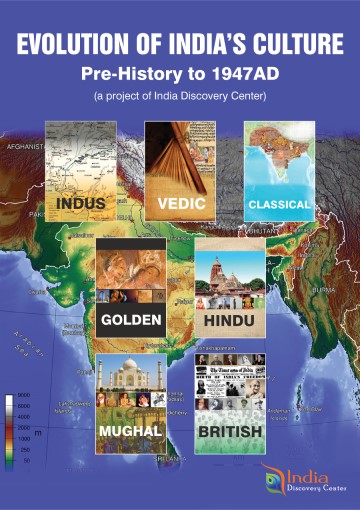Contribute
| India Vedic Period (2000BC-700BC) - Language And Literature |
Prem Nagar
02/18/2021
India Vedic Period - 2000 BCE to 700 BCE - Language and Literature Prem Nagar A set of oral poetry called the Vedas (knowledge) is believed to be one of the earliest organized literature of the world. Set in the Upper Punjab and Northwestern mountains, the Vedas reveal the life and society of the Vedic and associated people of the period. Closer examination suggests that the Vedas could be the culmination of many thousands of years of analysis and introspection on creating object definitions, communication protocol and teaching through stories. The Vedas declare that the inspired thoughts called dhÄ« transform into vÄc as the human speech. The Vedas, later called Å›ruti literature (that is heard), were passed down orally from generation to generation. A poet called a ṛṣi is traditionally associated with each sÅ«kta which is composed of several á¹›c (stanza). In the traditional compilation, a set of dozens or so sÅ«ktas are attributed to the family of a ṛṣi (Fig. 1). It is generally accepted that later ṛṣi Veda Vyasa compiled the Vedas in four saṃhitÄs (core text), but we know little about how and when this organization came about. (Fig. 2). 1. á¹›gveda is a collection of 1028 sÅ«ktas divided in ten maṇá¸alas. (A maṇá¸ala might be conceived broadly as a group of similar hymns, either for a deity or a phenomenon. á¹›gveda has 10,552 á¹›cs (stanzas)). 2. SÄmaveda has sÄman (songs), a melodic arrangement of hymns as SÄmagÄna, meant to be sung in public. It consists mostly of á¹›gveda sÅ«ktas that are arranged for singing than for recitation. 3. Yajurveda prescribes the ritual protocols for conducting services. Unlike the first two Vedas, it takes a rigid religious tone. Yujurveda is grouped into two as KrsÌ£nÌ£aÌ£ and SÌukla. 4. Atharvaveda is believed to be a later addition to the Vedas, and deals with health, social conduct and daily life. It possibly had input from the agricultural community in the east. Additional Vedic literatures consisted of: Äraṇyakas (ritualistic action), analysis developed by later monastic schools; brÄhmaṇas (commentary, mostly in prose form) explaining the rituals for religious service, and finally the upaniá¹£ads (spirituality and abstract philosophy) which declaring the universality of life and the unitarity of the universe. Depending on the poet, some of the Vedic sÅ«ktas are highly philosophical in content. Lingusitic archaeologists have identified words and notions in Vedas that also appear in the local community of languages from Vedic times such as Avesta (Iranian), Hittites (Mesopotamia), and Mitannis (Syrian). Passages similar to those in Vedas are found in Avesta in praise of divinity of Miθra (sun). A treaty signed in 1380 BCE between Mitanni and their rivals mentions the Vedic names Indra as a cosmic witness. How such propagation of culture occurred in these areas is a topic of intense debate among the scholars. Vedic texts are recited using prescribed chhandas (metrics), or syllabic compositions that form a metrical unit of verse as pada (foot). Many structures of chhandas were created, each one used for different purpose, possibly with empirical adjustments. Stanzas were to be recited in different svara (scale), each allowing different accents depended on the meaning to be conveyed. Three accents like udÄtta (high), anudÄtta (low) and svarita (normal) have been recognized in the Vedic recitations and recordings. (Fig. 3) To preserve their ‘contents and intents’ while channeling Vedas orally, Vedanga, a unique pedagogy of a system of six discipline was established to aid proper study of Vedas in the correct pronunciation, interpretation and the right use of the text in ceremonies. They consist of Å›Ästras on Å›iká¹£Ä (proper pronunciation), chandas (prosody), vyÄkaraṇa (grammar), nirukta (etymological explanation), kalpa (ritual), and jyotiá¹£a (astronomy). (Fig. 4). The Vedas were composed in prevailing spoken language, or bhÄá¹£Ä, later referred to as Vedic Sanskrit which was an amalgamation of the vernacular languages PrÄká¹›ta, MundÄ, PÄli, Dravidian and other yet unknown languages that may have existed in the region (Fig. 5). Scholars suggest that Proto-Dravidian was spoken along Godavari river and to its south. Accented syllables most likely carry the signature of their traditions that are currently in use in indigenous cultures. This could be why the exact pronunciation of the text as composed was considered important for the success of any ritual. This strict discipline has helped to preserve the Vedic text through oral transmission over thousands of years. No Vedic manuscript of the Vedic time have been discovered yet. Two other styles of literature that emerged during the later Vedic period were, sÅ«tra, a concise enunciation of a subject of profound intensity and Å›Ästra, that dealt with the detailed systematic treatment of a subject. KalpasÅ«tra, a text prescribing the ritualistic procedures, and DharmaÅ›Ästra, a text that details social conduct and family relations are other examples. Later, Vedanta emerged as Upanishad that contained the true form of the universe, the speculations and philosophies based on Vedas. Vedas are the foundation of intellectual and religious culture of India. ------------------------------------------- Mr. Prem Nagar leads the Language and Literature track in India Discovery Center project on "Evolution of Indian Culture: Pre-history to 1947AD". More information and updates on the project are available at https://www.facebook.com/Evolution-of-Indian-Culture-An-IDC-Project-107749391111922 Information on India Discovery Center is at https://www.indiadiscoverycenter.org (c) Copyright 2021 India Discovery Center, Inc. All rights reserved.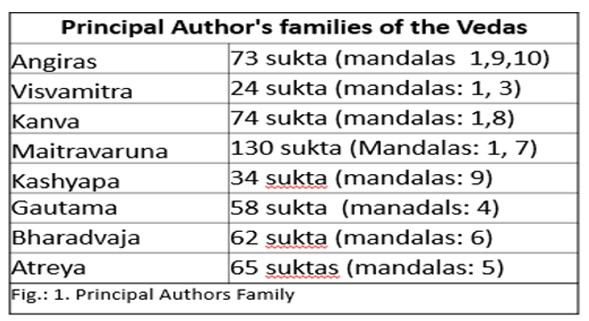
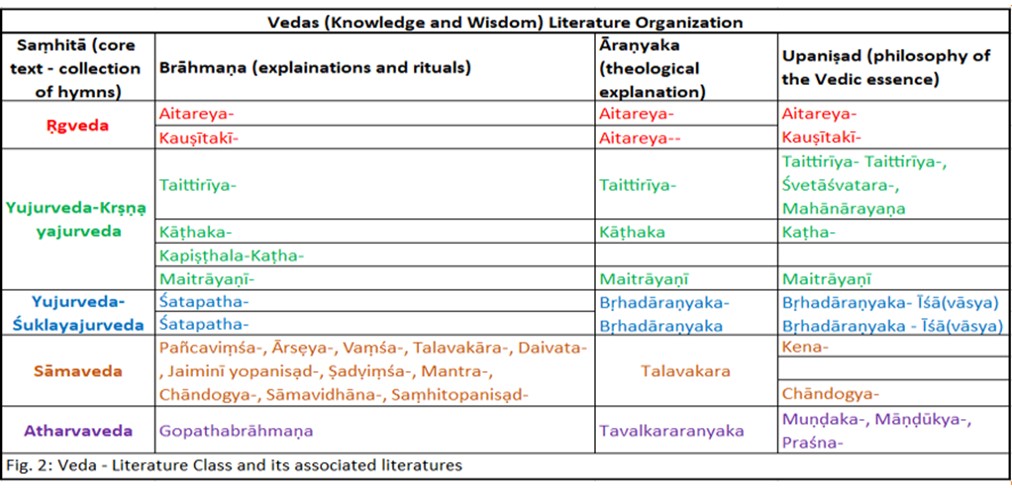

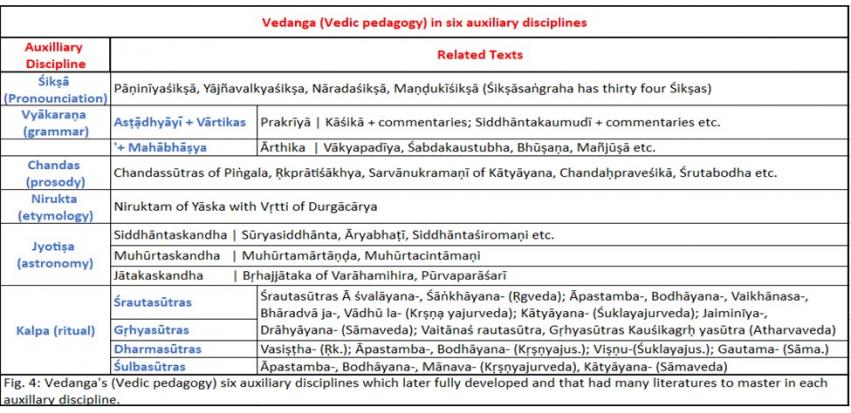
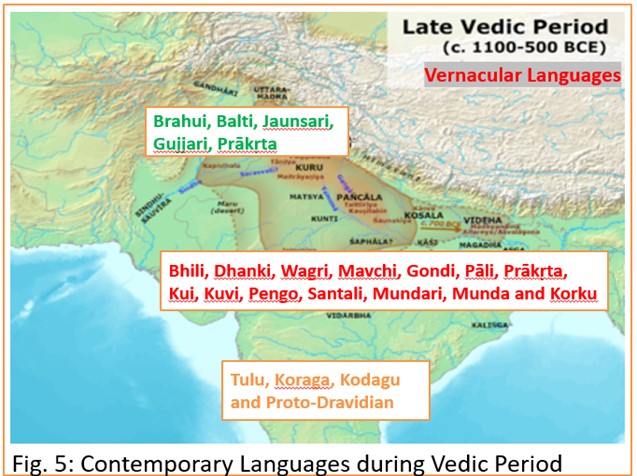
You may also access this article through our web-site http://www.lokvani.com/
